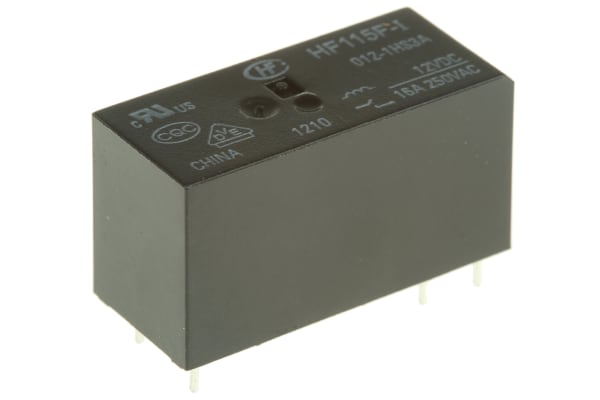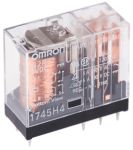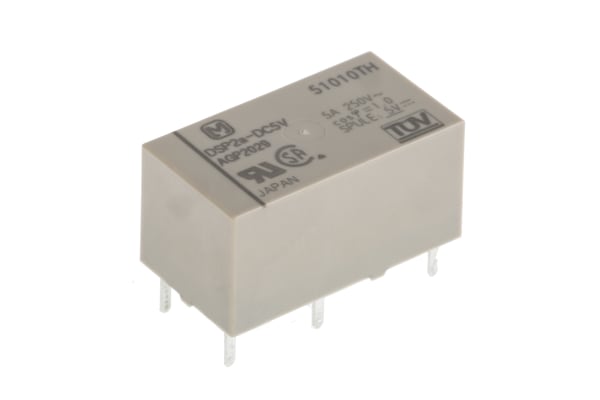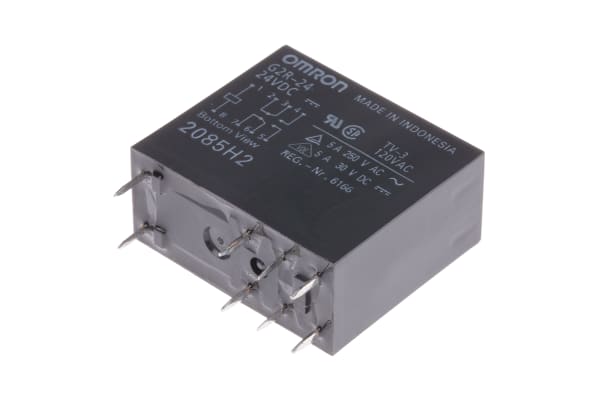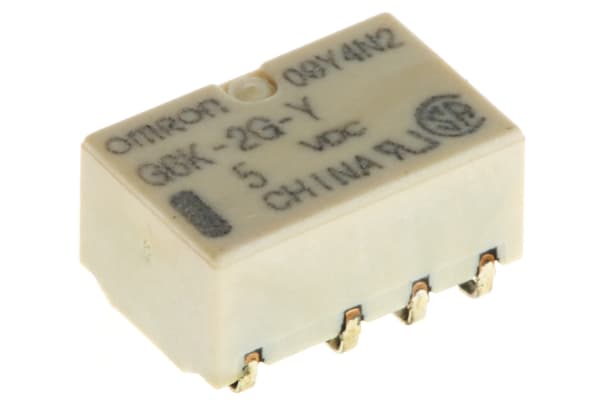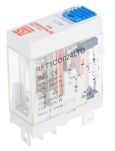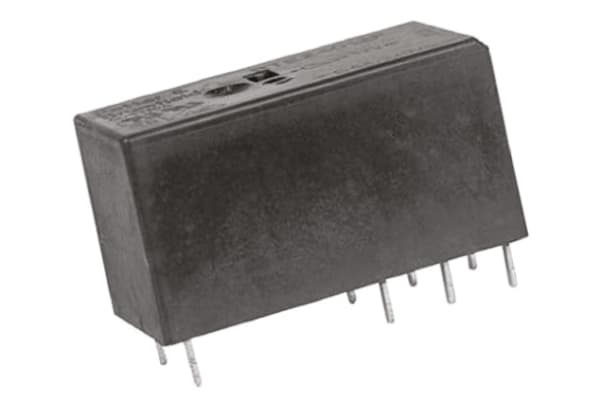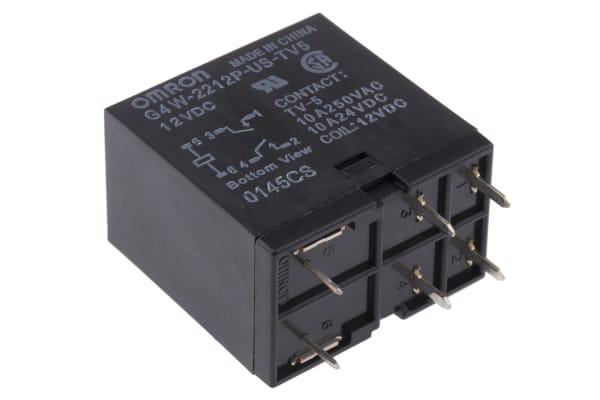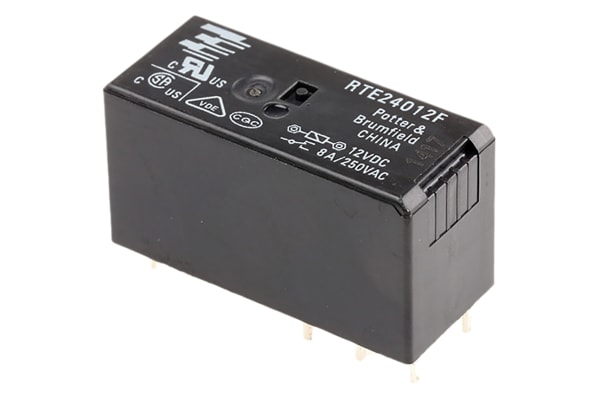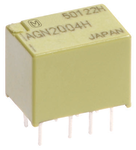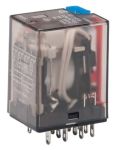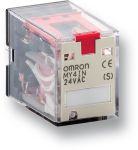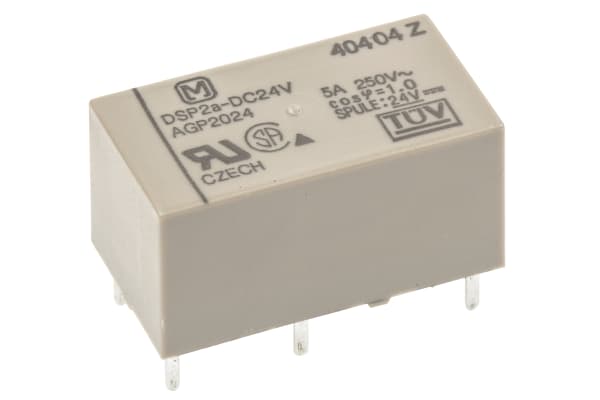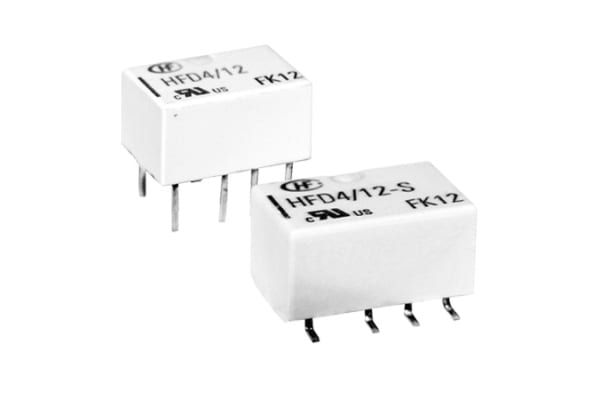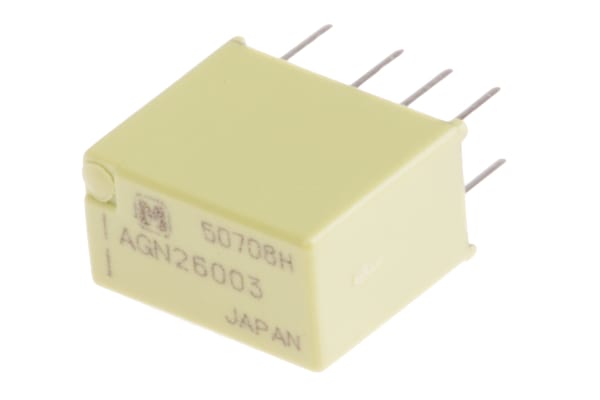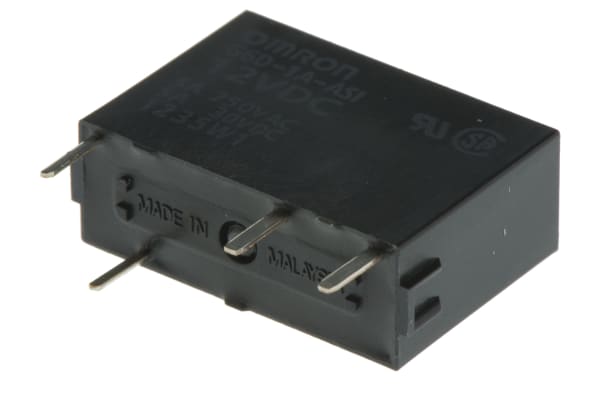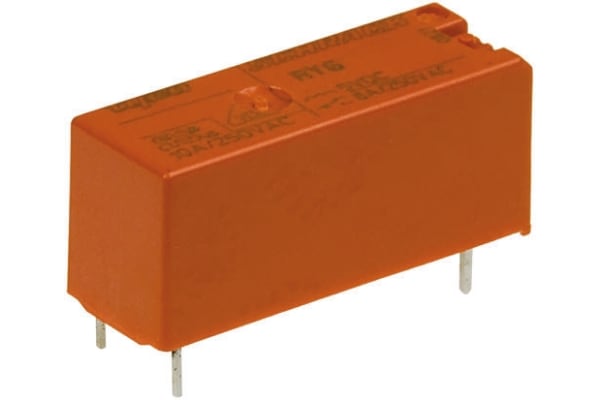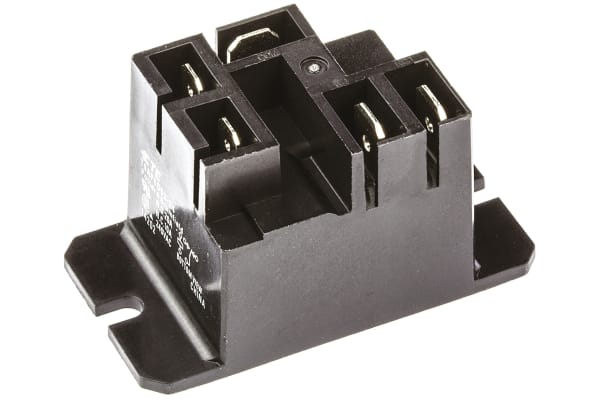Non-Latching Relays
Relays are electrical switches that are operated by electrical impulses with the primary function to open and close a circuit, they can also be referred to as industrial switches. There are 2 main types available, latching and non–latching relays.How do non-latching relays work?Non-latching relays are in a normally closed (NC) position and will stay in this state without power. When power passes through the circuit, the relay switched to a normally open (NO) position by using an internal coil to generate a magnetic force, holding this NO position. Once the current is turned off, it returns to the NC position. This makes non-latching relays well suited to push-button applications like keyboards and micro-controller input buttons.What are non-latching relays used for?Non-latching relays are highly durable and versatile components, making their performance long lasting and suitable for use in a wide range of applications, such as:Automotive enginesHousehold appliancesIndustrial machineryMedical equipmentTelecommunications equipmentWhat is the difference between latching and non-latching relays?Both types of relays in similar in design and function, however, a significant difference between them is that a latching relay will remain in the last position it when it was last powered, whereas a non-latching goes back to its normal position. This makes each more type of relay suitable for different applications. Considerations when selecting a relayWhen choosing a relay, it is important to consider a number of specifications to ensure it is fit for purpose, some factors include:Coil voltage – the required voltage to actuate the switching mechanism. If a voltage is too high this could damage the components, if it is too low then it will not actuate. Contact configuration – This is the state the contacts are in without power. For example SPST, single pole single throw.Contact material – the relay contacts are available in many materials that have certain properties. Common materials are gold, silver, tin oxide and nickel Coil power – the amount of power (watts) the coil operates at. This must match the power in the circuit for correct function. Coil resistance – the amount of resistance (ohms) in the circuit that the coil creates.
-
RS PRO, 12V dc Coil Non-Latching Relay SPNO, 16A Switching Current PCB Mount Single Pole
IDR80,450.63 -
TE Connectivity, 115V ac Coil Non-Latching Relay DPDT, 8A Switching Current PCB Mount, 2 Pole, RT424615
IDR76,359.92 -
Omron, 5V dc Coil Non-Latching Relay DPDT, 5A Switching Current PCB Mount, 2 Pole, G2R-2 5DC
IDR92,932.54 -
Panasonic, 5V dc Coil Non-Latching Relay DPNO, 5A Switching Current PCB Mount, 2 Pole, DSP2A-DC5V
IDR128,700.03 -
Omron, 24V dc Coil Non-Latching Relay DPDT, 5A Switching Current PCB Mount, 2 Pole, G2R-24-DC24
IDR72,898.55 -
TE Connectivity, 12V dc Coil Non-Latching Relay DPDT, 2A Switching Current PCB Mount, 2 Pole, MT2-C93402
IDR73,527.89 -
Omron, 5V dc Coil Non-Latching Relay DPDT, 1A Switching Current PCB Mount, 2 Pole, G6K-2G-Y 5DC
IDR70,066.52 -
-19.00%
RS PRO, 24V dc Coil Non-Latching Relay SPDT, 10A Switching Current Plug In Single Pole
IDR136,671.67IDR89,995.62 -
TE Connectivity, 24V Coil Non-Latching Relay DPDT, 8A Switching Current PCB Mount, 2 Pole, RTE24024F
IDR88,527.16 -
Omron, 12V dc Coil Non-Latching Relay DPNO, 10A Switching Current PCB Mount, 2 Pole, G4W-2212P-US-TV5 12DC
IDR89,576.06 -
TE Connectivity, 12V dc Coil Non-Latching Relay SPNO, 30A Switching Current Flange Mount Single Pole, T9AP1D52-12
IDR94,610.78 -
TE Connectivity, 24V dc Coil Automotive Relay SPDT, 30A Switching Current Plug In Single Pole, V23074A1002A403
IDR56,325.93 -
TE Connectivity, 12V dc Coil Non-Latching Relay DPDT, 8A Switching Current PCB Mount, 2 Pole, RTE24012F
IDR70,800.75 -
Panasonic, 4.5V dc Coil Non-Latching Relay DPDT, 1A Switching Current PCB Mount, 2 Pole, AGN2004H
IDR95,974.35 -
Omron, 24V dc Coil Non-Latching Relay DPDT, 4A Switching Current PCB Mount, 2 Pole, G2R-24 24DC
IDR87,897.82 -
Omron, 24V dc Coil Non-Latching Relay DPDT, 2A Switching Current PCB Mount, 2 Pole, G6A274PSTUS24DC
IDR78,143.05 -
Wago, 24V dc Coil Non-Latching Relay 4PDT, 36.9mA Switching Current DIN Rail, 4 Pole, 858-150
IDR95,449.90 -
Omron, 220/240V ac Coil Non-Latching Relay 4PDT, 3A Switching Current Plug In, 4 Pole, MY4-GS 220/240VAC
IDR114,644.77 -
Panasonic DPNO Non-Latching Relay PCB Mount, 24V dc Coil, 5 A
IDR67,654.05 -
Hongfa Europe GMBH, 5V dc Coil Non-Latching Relay DPDT, 2A Switching Current PCB Mount, 2 Pole, HFD4/005
IDR94,610.78Pack (1 Pack of 2) -
Panasonic, 3V dc Coil Non-Latching Relay DPDT, 1A Switching Current PCB Mount, 2 Pole, AGN26003
IDR98,596.60 -
Omron, 12V dc Coil Non-Latching Relay SPNO, 5A Switching Current PCB Mount Single Pole, G6D-1A-ASI DC12
IDR116,323.01 -
TE Connectivity, 12V dc Coil Non-Latching Relay SPDT, 8A Switching Current PCB Mount Single Pole, RY612012
IDR95,974.35 -
TE Connectivity, 24V dc Coil Non-Latching Relay SPDT, 20A Switching Current Flange Mount Single Pole, T9AP5D52-24
IDR105,309.56



